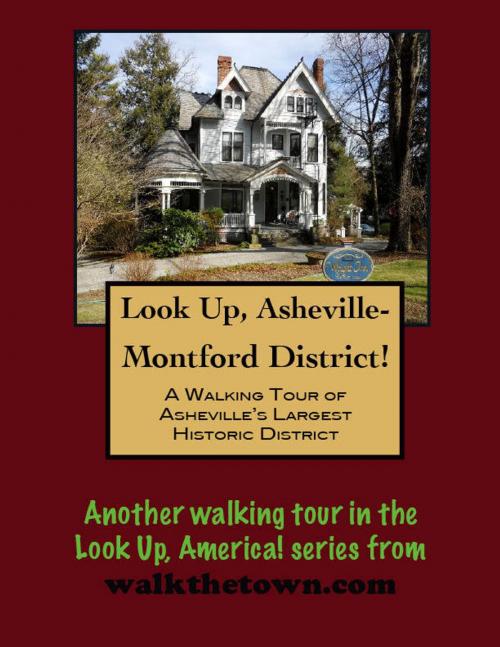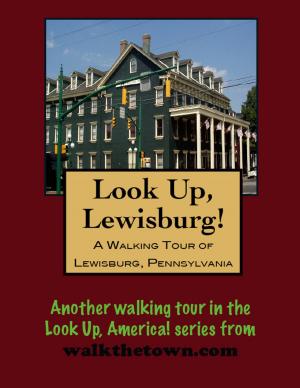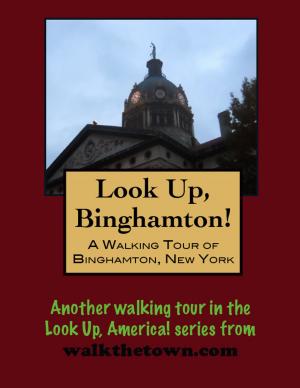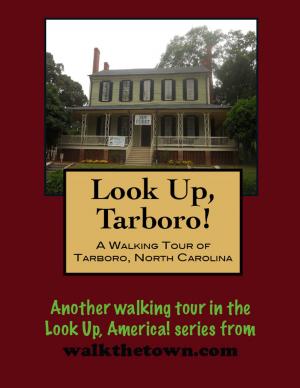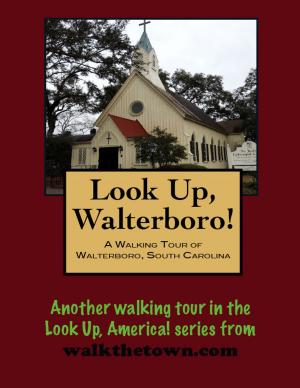Look Up, Asheville! A Walking Tour of the Montford District
Nonfiction, Travel, United States, South, History, Americas| Author: | Doug Gelbert | ISBN: | 9781465834539 |
| Publisher: | Doug Gelbert | Publication: | February 29, 2012 |
| Imprint: | Smashwords Edition | Language: | English |
| Author: | Doug Gelbert |
| ISBN: | 9781465834539 |
| Publisher: | Doug Gelbert |
| Publication: | February 29, 2012 |
| Imprint: | Smashwords Edition |
| Language: | English |
There is no better way to see America than on foot. And there is no better way to appreciate what you are looking at than with a walking tour. This walking tour of Asheville's Montford District is ready to explore when you are. Each walking tour describes historical, architectural landmarks, cultural sites and ecclesiastic touchstones and provides step-by-step directions.
Montford - no one knows where the name came from - emerged in 1890 when the Asheville Loan, Construction and Improvement Company announced plans to start selling building lots north of town. Asheville was in the early stages of a boomtime that would see the population rise from 2,500 in 1880 to over 50,000 before the onset of the Great Depression in 1930. Montford spread out across 300 acres and by 1893 there were 50 or so people here when the community incorporated as a town. The heady days of independence lasted until 1905 when Montford was swallowed by Asheville and became a city district on the north edge of downtown.
Businessmen and lawyers and doctors moved into Montford - not the ultra-rich but well off enough for homeowners to mimic the popular building styles of the day and for some to hire architects. Most of the homes in Montford were constructed between 1890 and 1920. The earlier homes reflect the late Victorian era with Queen Anne and Shingle Style designs and later structures embraced the Arts and Crafts, Neoclassical and Colonial Revival trends that followed.
Montford went into a period of decline in the middle 1900s and bulldozers became an increasingly common sight on the curving, shaded streets. In December 1980, the Asheville City Council designated the Montford Historic District as the city’s first local historic district. There are now four and Montford is the largest, as well as one of the largest in the state of North Carolina. More than 600 century-old structures are now protected.
Our journey back into Asheville’s past will travel on patterned-brick sidewalks and we will begin in a slice of greenspace donated by Asheville’s greatest benefactor...
There is no better way to see America than on foot. And there is no better way to appreciate what you are looking at than with a walking tour. This walking tour of Asheville's Montford District is ready to explore when you are. Each walking tour describes historical, architectural landmarks, cultural sites and ecclesiastic touchstones and provides step-by-step directions.
Montford - no one knows where the name came from - emerged in 1890 when the Asheville Loan, Construction and Improvement Company announced plans to start selling building lots north of town. Asheville was in the early stages of a boomtime that would see the population rise from 2,500 in 1880 to over 50,000 before the onset of the Great Depression in 1930. Montford spread out across 300 acres and by 1893 there were 50 or so people here when the community incorporated as a town. The heady days of independence lasted until 1905 when Montford was swallowed by Asheville and became a city district on the north edge of downtown.
Businessmen and lawyers and doctors moved into Montford - not the ultra-rich but well off enough for homeowners to mimic the popular building styles of the day and for some to hire architects. Most of the homes in Montford were constructed between 1890 and 1920. The earlier homes reflect the late Victorian era with Queen Anne and Shingle Style designs and later structures embraced the Arts and Crafts, Neoclassical and Colonial Revival trends that followed.
Montford went into a period of decline in the middle 1900s and bulldozers became an increasingly common sight on the curving, shaded streets. In December 1980, the Asheville City Council designated the Montford Historic District as the city’s first local historic district. There are now four and Montford is the largest, as well as one of the largest in the state of North Carolina. More than 600 century-old structures are now protected.
Our journey back into Asheville’s past will travel on patterned-brick sidewalks and we will begin in a slice of greenspace donated by Asheville’s greatest benefactor...
